When I started seriously herping over a decade ago, my goal was to find every single species that occurs in my home state of Michigan. Being a snake guy, the primary part of that goal was to find every single snake species that occurs in the state. Of the 18 snakes found in Michigan, there were two species that would be the most difficult; the Copperbelly Water Snake and Kirtland's Snake. I was able to get the
Nerodia a few years ago after some research and permission from a private landowner, but that's an equally entertaining story for another day. So one snake remained,
Clonophis. Kirtland's snakes were historically found across the southern two tiers of counties in the southern lower peninsula, but have since disappeared across most of that area and across much of their range elsewhere. This species shares many similarities to the Eastern Massasauga, a denizen of fens and tamarack swamps that utilizes crayfish burrows as refugia and overwintering sites. Knowing this, I began to lay boards and old sheet metal over top of crayfish burrows years ago at several sites in hopes that one spring they would reveal an odd little
Natricine, they never did. Several trips to sites in Indiana and Ohio were no friendlier, yielding only a shed skin or imprint in the mud. As time passed, the prospect of finding this snake
IN Michigan seemed increasingly unrealistic. I thought about going further south into their range to look for them in vacant city lots in southern Ohio or northern Kentucky. But conversely, finding one in Michigan would be much more satisfying if it would ever happen. I could
dream.
And then during the early part of this spring, I was contacted by a friend and colleague who has spent the last few years researching this species. And it just so happened that his colleagues and him were coming to Michigan for a few days to search for Kirtland's Snakes to gather some data. They were kind enough to extend an invite and just like that I was on my way to a remote place to search for my white whale.
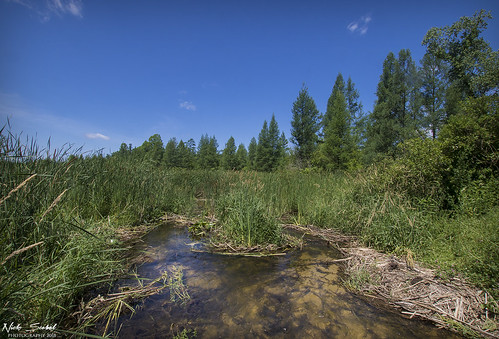 |
| A beautiful fen complex home to the Kirtland's Snake (Clonophis kirtlandii) in southern Michigan. |
We arrived to our field site around nine in the morning with sunny skies and cool temperatures. A cold front had moved through the past few days following a major rain event, perfect conditions to put Kirtlands on the surface or under cover. The habitat was familiar, a lowland fen complex with sedges and cattails that was bordered by stands of large tamaracks. It looked very much like many other sites I've visited in Michigan, but what was it about this place that made it special? As we traversed through the area, we began to notice quite a few Northern Brown Snakes (
Storeria dekayi) basking at waist height in the sedges. This was of particular interest because the team had found a young male Kirtland's Snake basking in the same manner. Every small snake was given an extra inspection.

The cool weather seemed perfect for rattlesnakes. A flip of a large coverboard revealed a large shed from a massasauga, but we pushed on. We found several old, damp coverboards along the way. With each flip, the anticipation grew. Would this be the flip? For an hour or so, the boards only revealed garter snakes and brown snakes. We eventually reached the opposite side of the stream corridor after hiking through a thick stand of cattails and found ourselves along an incredible looking board line. More than a dozen damp, weathered boards were laid along the edge of some taller cattails in a low mucky spot. About midway down, a flip revealed a small rusty snake coiled in the mud. At first, I thought we had simply flipped another Storeria but as my gaze focused, I almost couldn't what I was looking at. Clonophis!
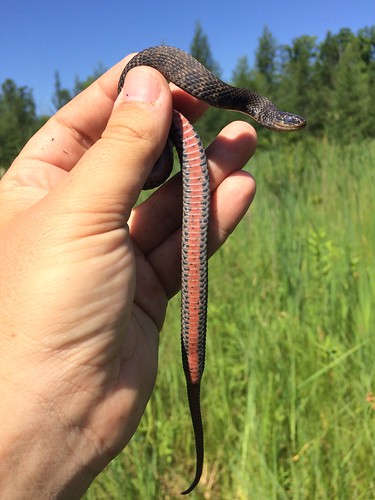
There she was. A healthy adult female that was likely gravid and in excellent shape despite being deep in shed. The vibrance of her brilliant ventral scales was stunning, even more beautiful in person than what I could have imagine. I was lost in my own emotions, I don't even remember if there was yelling or what, I was just captivated by the snake.
After taking admiring the snake for a few minutes, we bagged the snake up to collect morphometric data and blood samples later in the day. It should be noted that these snakes were temporarily collected under proper permits and were released the following day. As we were walking back towards the car a short while later, a second Kirtland's snake made an appearance.
This snake was even larger than the first, a stunning adult female and also likely gravid. It was encouraging to be at a place where this species exists, but also appears to be doing rather well. I pulled out the camera gear and got setup to take my first photos of my last snake to see in Michigan.
 |
| A gorgeous adult female Kirtland's Snake (Clonophis kirtlandii) from Michigan |
A truly stunning snake species that I hope hangs on in the few places it still calls home. On the drive home, it was hard not to get a little emotional about finally getting to see a Kirtland's Snake. Before this day, I had likely spent hundreds of hours and traveled thousands of miles in search of this snake over the course of a decade or more. It was a long wait, but damn was it worth it. I'd like to thank the folks who allowed me to join them for the day, finding this snake would not have been possible without them. They helped this (now) old herper find a lifer he's dreamt of for many years, and for that they have my deepest gratitude. So what's left for me in the state? Two frog species and two salamander species, though the salamanders are likely extirpated. It won't stop me from looking though, hopefully it won't be a decade before I see another
Clonophis.





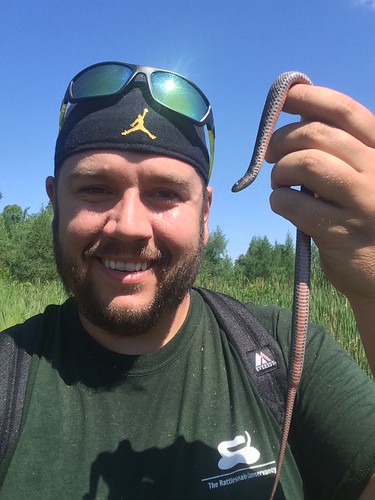
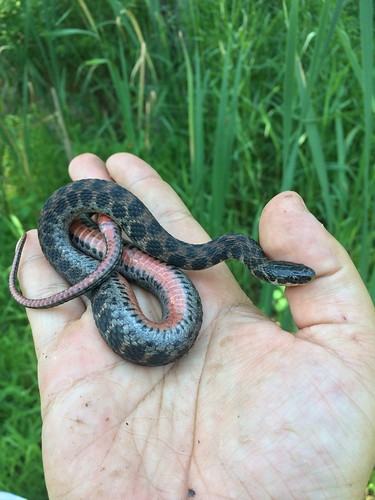
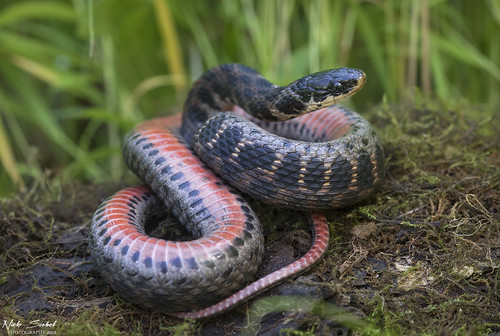
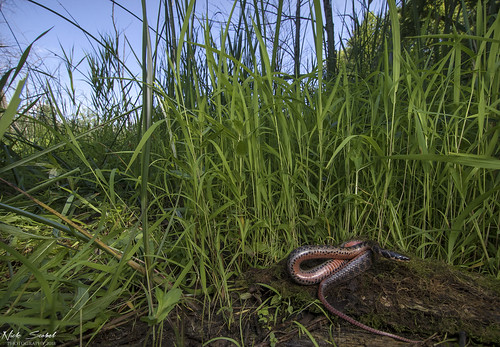
Great photos and a really nice story, congratulations!
ReplyDelete
ReplyDeleteHerpes is a serious and recurring disease which can't be cured through drugs or injections by the American doctors but the best way to deal with HIV is by taking natural herbs medicine for it and is only few American doctors that know about this herbal medicine from Dr Abalaka .. I have read about Dr Abalaka the great herbalist doctor from African who can cure HIV with his powerful herbal medicine. for the people suffering from the following diseases HIV, Herpes, Cancer, Als,Hepatitis, Diabetes, Hps,Infections ETC should contact him for his herbal medicine because i am a living testimony and i was cured of HIV. Although, i sent him what he requested and he sent me his medicine which i took for two weeks and today when i went for test i was tested HIV negative. you can reach him through his contact email dr.abalaka@outlook.com he will help you out.Doctor Abalaka the herbal man who cured,,,, HIV virus Herpes virus and Thrombosis virus, come and get your medicine today and be free for those sickness,,,,,,,.or you can contact him on dr.abalaka@outlook.com good testimony await you